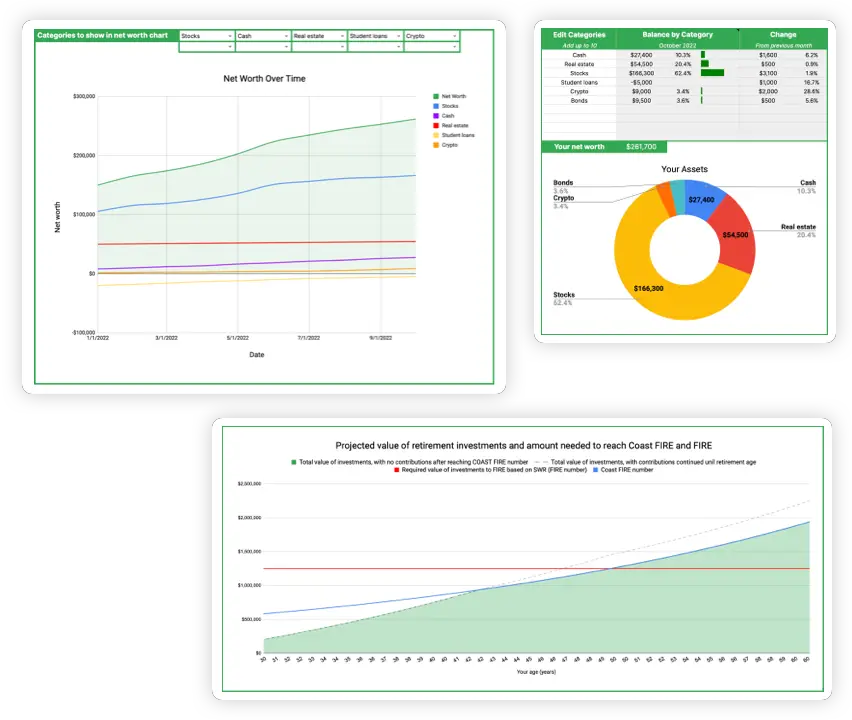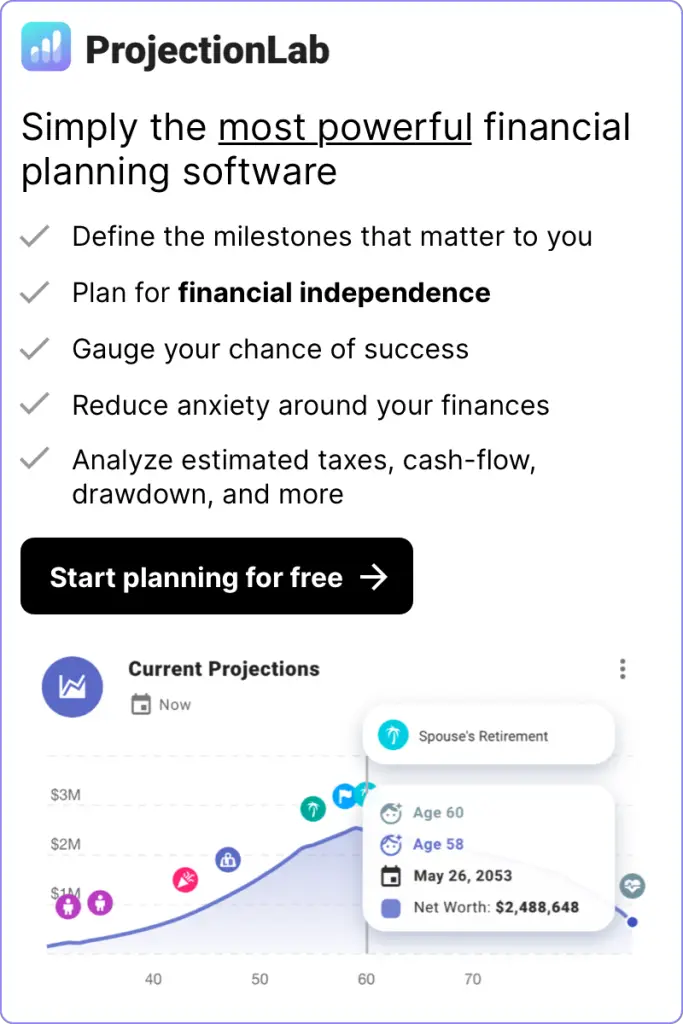How much cash should you have saved up in case of an emergency?
Take your wealth planning to the next level with my Wealth Planning Toolkit for Google Sheets – just $20.
Plan for recurring monthly income over different time periods as well as windfalls and one-time purchases in the future.
Includes 10 year Net Worth Tracker with Dashboard, Asset Rebalancing Calculator, and advanced FIRE and Coast FIRE Calculators.

What is an Emergency Fund?
An Emergency Fund is simply cash that you set aside to cover the unexpected surprises that life can throw your way. Having money set aside for surprises helps you to get through short-term emergencies without jeopardizing yourself long-term. As the saying goes, Hope for the best, but plan for the worst. Your emergency fund is exactly this – by planning for emergencies, it gives you peace of mind knowing that you are financially prepared for whatever life throws at you.
Some of the most common emergencies that people face include:
- Loss of job
- Medical emergency
- Unexpected home repairs
- Car troubles
How much should you save in your Emergency Fund?
It is generally recommended that you keep 3 to 6 months worth of living expenses in your emergency fund. How much you should stash away depends on your personal situation, including how stable and in-demand your job is and how easily you can save up money with your current income. If you have a highly secure and stable job like working in government or healthcare, then you may be comfortable with a shorter runway for your fund than someone working in a more volatile industry.
The Covid-19 pandemic made clear the importance of having a robust emergency fund as it caught workers off guard when travel and entertainment ground to a halt in 2020 and millions were laid off with very little notice. Personally, I recommend aiming to build up a 6 month emergency fund to start and working your way towards a 12 month stash. The peace of mind that comes with knowing you could go without a job for an entire year is a huge relief from the day-to-day stress of life.
Using this Emergency Fund calculator
This interactive calculator makes it easy to calculate and visualize the savings you should have in your Emergency Fund based on your current monthly spending. Simply fill in the inputs with your monthly expenses and then adjust the runway length as desired, then the graph and results will update automatically.
Where should I store my Emergency Fund?
It’s important that you put your emergency savings in the right place so that your money is easily accessible in the rare case that you do need it. Here are some things to look for when you park your emergency fund:
- Low risk and low market exposure. You don’t want your emergency money to be fluctuating on a daily basis or at risk of a market drop. The stock market or Bitcoin is not a good place for your e-fund.
- Ease of access. You want your money to be immediately available when you need it, not locked up in something like a Certificate of Deposit (CD) that you can’t access for another year.
- Rate of return. Ideally you are able to earn some interest on your money to help offset the de-valuing impact of inflation.
In general, checking and savings accounts are the best options for your emergency fund and meet the above criteria.
- My first recommendation would be to see if you have a local bank or credit union that offers a no-fee checking account with an attractive interest rate. These usually provide a debit card for immediate access to your account. They do often come with a monthly minimum transaction requirement to earn the advertised interest rate, typically around 10 transactions per month. If you use this as your daily spending account, then you can easily hit the minimum transactions.
- Alternatively, online high-yield savings accounts like Discover or Ally Bank are a great choice to earn a much higher interest rate than the average savings account. Keep in mind you may need to plan a few days for your money to transfer to your checking account as these do not come with a debit card. Additionally, these types of accounts do limit the number of withdrawals per statement cycle.
